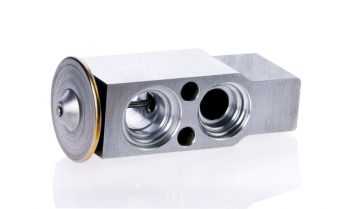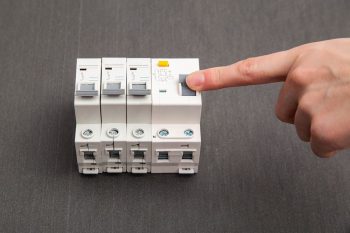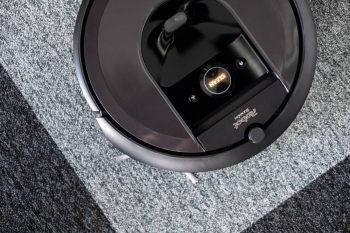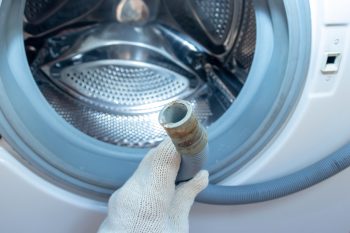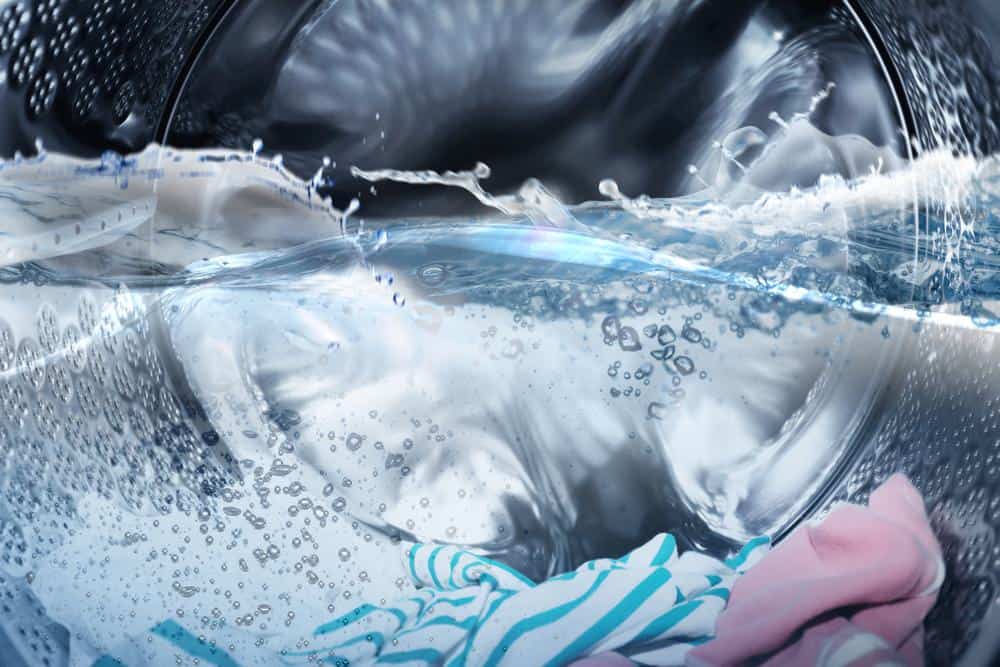
An agitator is a key component of many washing machines, particularly top-loading models. Its primary function is to agitate the clothes during the wash cycle, helping to remove dirt and stains more effectively. But why is it considered necessary, and what benefits does it offer over washing machines without one? In this comprehensive guide, we delve into the role of an agitator in a washing machine, its benefits, potential downsides, and much more.
An agitator in a washing machine is considered necessary because it provides a vigorous washing action that effectively removes dirt and stains from clothes. It works by creating friction between clothes, loosening dirt and soil particles, and making them easier to remove during the wash cycle. However, it’s worth noting that while agitators can enhance cleaning performance, they can also be tough on clothes and use more water. The choice between a machine with an agitator and one without depends on your preferences, cleaning needs, fabric care, and energy efficiency considerations.
What is an Agitator in a Washing Machine?
An agitator is a tall spindle, often with vanes or fins, located in the center of the wash basket. It’s connected to the drive shaft, which turns when the washer is turned on. As the agitator spins and moves back and forth, it creates a rubbing effect on the clothes, generating waves in the water. This action helps to loosen and remove dirt and stains from the clothes, ensuring an effective cleaning process.
How Does an Agitator Work?
Agitators typically move in multiple ways for optimal cleaning. They perform a spraying action that soaks clothes with water recirculated from the wash/rinse cycle. The agitator rubs against the clothes to remove and rinse away loose soils. The agitation process is achieved by the agitator’s central post twisting back and forth, rubbing against the clothes, and helping to break apart stains. This motion creates friction between the clothes, which assists in loosening dirt and soil particles from the fabrics, making them easier to remove during the wash cycle.
Benefits of an Agitator
Washing machines with agitators offer several benefits over those without. They provide a more vigorous washing action, which helps remove tough stains from clothes. Additionally, they can complete wash cycles faster than those without. Agitator washers are generally more reliable in getting clothes clean, as the rotating actions of the agitator help to loosen dirt and break up stains. Plus, washing machines with agitators are often less expensive than those without.
Downsides of an Agitator
Despite their benefits, agitators do have some downsides. They can be hard on clothes, causing tears or stretching, and they use more water, which can be a concern if you do a lot of laundry. Agitators can also reduce the capacity of a washing machine, making it harder to wash large items like sheets or comforters.
Types of Laundry Loads Best Suited for Agitator Washers
Agitator washers are best suited for heavy-duty and heavily soiled laundry loads. They are ideal for cleaning dirty and grimy clothes. However, they can be rough on delicate and knit fabrics and may struggle to properly wash bulkier items like sheets or comforters due to the agitator taking up space in the drum.
Caring for an Agitator
Proper care and maintenance of an agitator can extend the life of your washing machine. Regular cleaning of the agitator, running a cleaning cycle every 30 cycles or as needed, inspecting the agitator for signs of wear or damage, and avoiding overloading the washer are just a few ways to ensure optimal performance and longevity of your agitator.
Conclusion
In summary, the presence of an agitator in a washing machine provides powerful cleaning performance for heavy-duty and heavily soiled loads but may cause more wear and tear on clothes. The lifespan of a washing machine depends on various factors, including usage and maintenance, and it is not solely determined by the presence of an agitator. Choosing between a washing machine with an agitator and one without depends on your personal preferences, cleaning performance requirements, fabric care, and energy efficiency considerations.
Frequently Asked Questions
What is the difference between an agitator and an impeller in a washing machine?
An agitator is a tall spindle located in the center of the wash basket that moves back and forth to create a rubbing effect on the clothes. An impeller, on the other hand, is a low-profile cone or disc that spins/rotates to rub clothes against each other, and it typically takes up less space in the washer. Both are designed to help clean clothes, but they do so in different ways.
Can I add an agitator to a washing machine that doesn’t have one?
No, you cannot add an agitator to a washing machine that wasn’t designed to have one. Adding an agitator to a washer without one could cause damage to the machine and void the warranty.
Are there any alternatives to agitators for effective cleaning?
Yes, there are alternatives to agitators for effective cleaning. Washing machines without agitators, often referred to as high-efficiency (HE) washers, use different technologies like impellers or rotating plates to move clothes around during the wash cycle. These machines can be gentler on clothes and more energy-efficient, but their cleaning performance may vary.
Can I wash delicate clothes in a washing machine with an agitator?
Yes, you can wash delicate clothes in a washing machine with an agitator, but you should use a delicate or hand wash cycle to minimize potential damage. Also, consider using mesh laundry bags for extra protection.
Does an agitator affect the energy efficiency of a washing machine?
Yes, an agitator can affect the energy efficiency of a washing machine. Machines with agitators typically use more water and energy than high-efficiency models without agitators. However, how much more can vary depending on the specific model and how it’s used.

